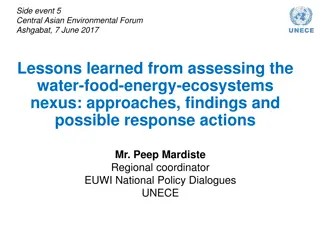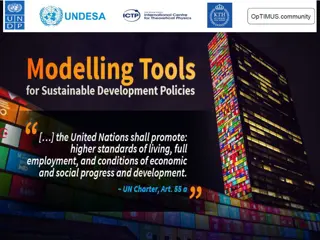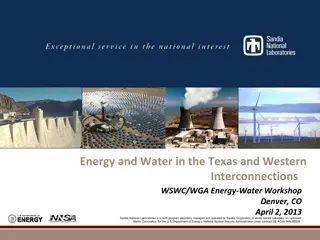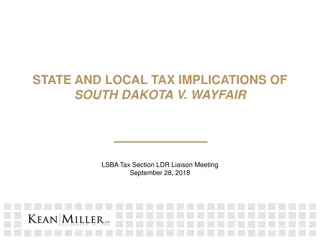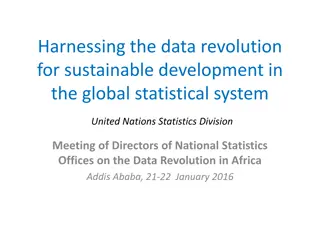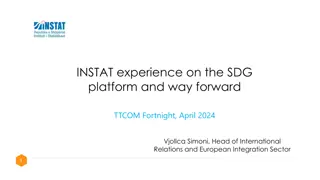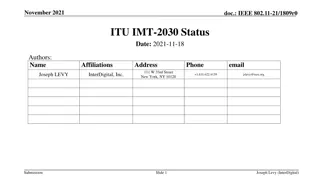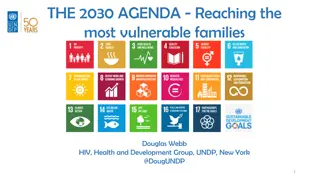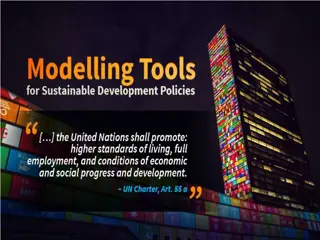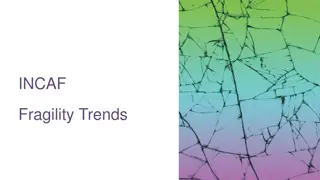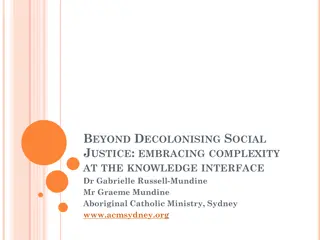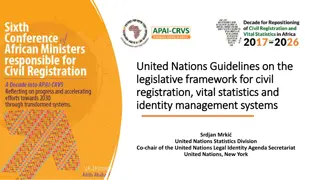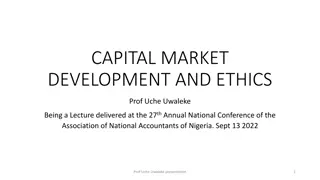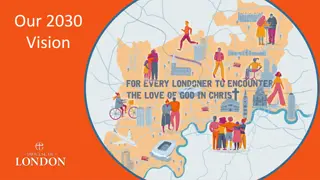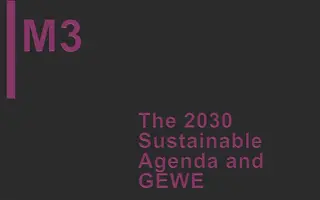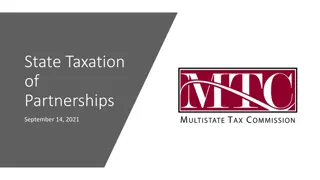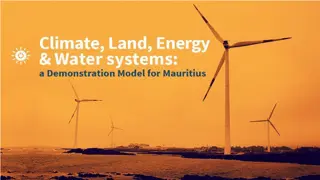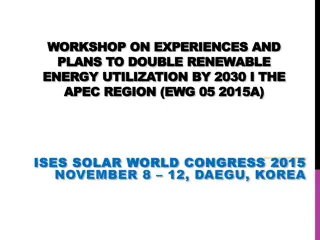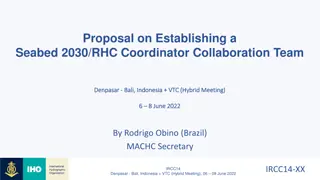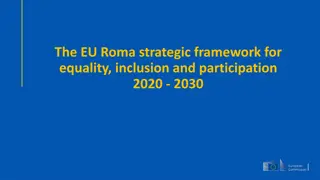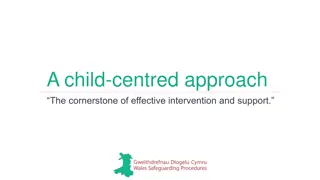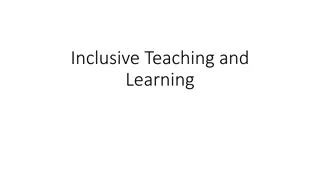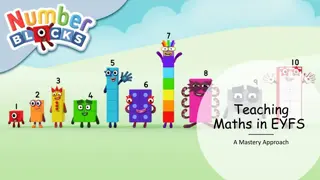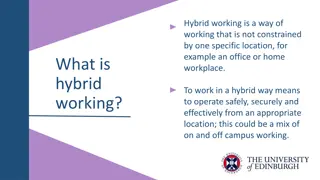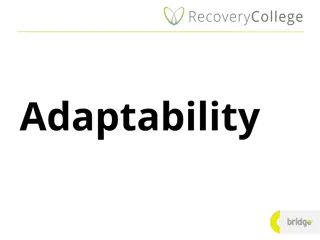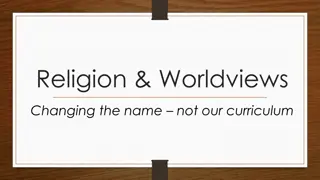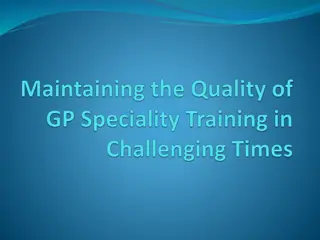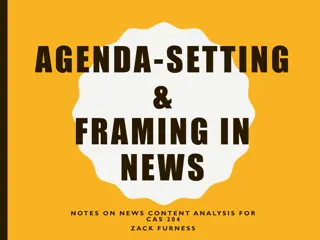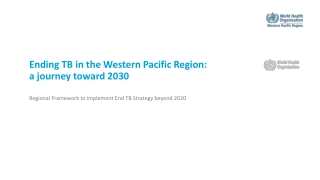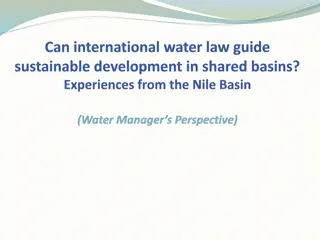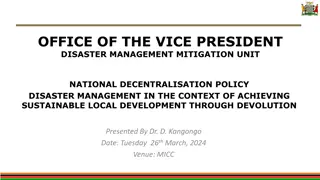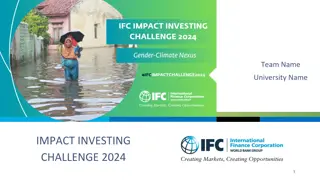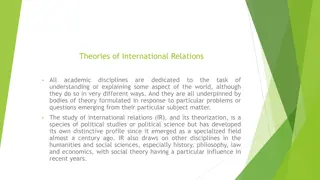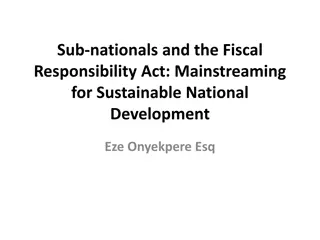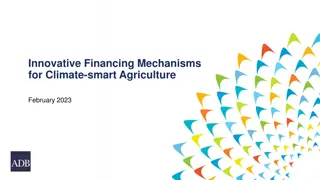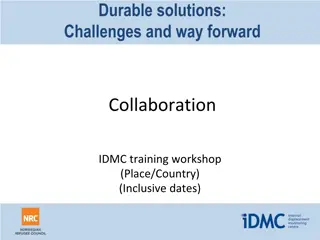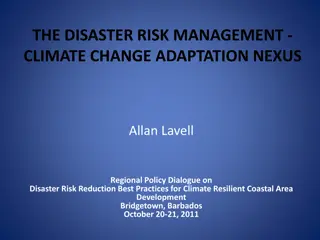Implementing the 2030 Agenda: Embracing a Nexus Approach
Explore the concept of a nexus approach in implementing the 2030 agenda, focusing on holistic connections, flexible strategies, and sector overlaps for better planning and decision-making. Discover how this integrated approach benefits addressing complex challenges and emphasizes understanding interactions across different sectors. UN agencies have been applying nexus thinking to create synergies and integrated management in addressing overlapping issues effectively.
Download Presentation

Please find below an Image/Link to download the presentation.
The content on the website is provided AS IS for your information and personal use only. It may not be sold, licensed, or shared on other websites without obtaining consent from the author. Download presentation by click this link. If you encounter any issues during the download, it is possible that the publisher has removed the file from their server.
E N D
Presentation Transcript
A NEXUS APPROACH TO THE IMPLEMENTATION OF THE 2030 AGENDA BENEFITS AND CHALLENGES
WHAT IS A NEXUS? nexus* / n ks s/ 1. A connection or series of connections linking two or more things. 2. A central or focal point. In policy circles, a new name for an evergreen idea: approaching challenges in a holistic, integrative, or trans-disciplinary way. * https://en.oxforddictionaries.com/definition/nexus
A FLEXIBLE CONCEPT THAT CUTS ACROSS SCALES International body, Agency, Country Strategy Department, Ministry, Province Plan Project, District, City Implementation
THE WATER-ENERGY-FOOD NEXUS Recently, the water-energy-food (security) nexus has been a hot topic, but it is just one example, and its boundaries aren t fixed Peter Jackson, chair of the 2016 Royal Geographical Society Annual International Conference
FOR THE EMG NEXUS DIALOGUE SERIES A nexus approach focuses on overlaps between sectors while respecting sectoral expertise in order to make better plans by understanding interactions
WHY TAKE A NEXUS APPROACH? A general rule: Break complex issues down and address the components one by one Sector experts know their business, and trans-disciplinary expertise is rare, so breaking down along sectors is often a good strategy But if crucial decisions must be made at the nexus across sectors, a breakdown by sector creates risks A nexus approach focuses sector experts attention to overlaps The goal: Make better plans through an understanding of interactions
UN LANGUAGE UN agencies have been applying nexus thinking, often without using the word, to problems that overlap domains. Terms you may have seen, heard or used: Interlinkages cross-sectoral partnerships integrated management synergies
CHALLENGES TO A NEXUS APPROACH There is no magic in nexus thinking. Challenges include: Overcoming unequal motivation for different sectors Negotiating diverse institutional cultures Resolving conflicts with agency or ministry mandates Persisting in the face of competing priorities Closing the gap between planning and implementation Engaging stakeholders in a meaningful way Regardless, nexus dialogues can provide a shared view of the landscape
NEXT: CASE STUDIES SDG Nexuses in UN Agency Work and within the Country Context The Partnership for Action on Green Economy (Mr. Asad Naqvi, PAGE) PAGE in Peru (Ms. Dorit Kemter, ILO) Break Governing the Swedish Environmental Objectives: Collaboration among local authorities (Mr. Jonas Rodhe, Swedish EPA) The IDA3 model applied to Brazil to deal with water-energy-land nexuses (Dr. Catalina Spataru, University College London) Tools to influence policy, with an example for Alaska (Dr. Kaveh Madani, Imperial College, London)


